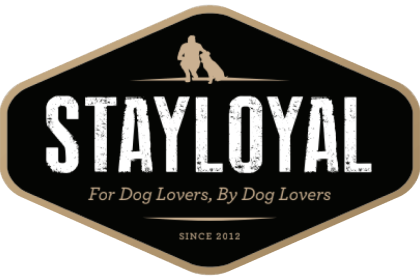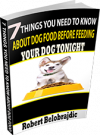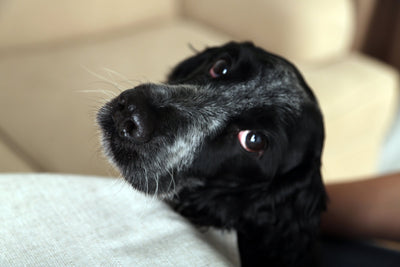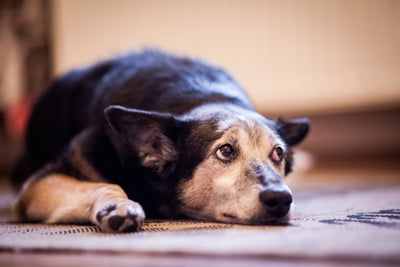Seven Hidden Overfeeding Traps for Aussie Dog Owners (and How to Fix Them)

Most Aussie dogs don’t get sick because of poor-quality food; they get sick because of too much food. Weight gain sneaks up slowly, and before you know it, your mate has lost their waistline, picked up joint pain, or is puffing after a short walk.
The good news? Most weight gain comes from hidden feeding traps. Once you know what they are, you can fix them quickly, and your dog will be healthier and live longer for it.
1. Treat Creep
It starts innocently enough, a training reward here, a dental chew there, a scrap from the café. But over a week, those little extras can equal a whole extra day’s worth of food.
Why Size Matters: A 40 kg German Shepherd sneaking 40 g of treats adds roughly 5% to their daily intake. Annoying, but manageable if you cut back the main meal. A 4 kg Maltese eating the same 40 g? That’s 35–40% of their daily calories, like a human eating an extra pizza every day!
Fix: Keep treats under 10% of daily calories. For small dogs, break treats into crumbs—they care about the gesture, not the size.
2. The Kids
Dogs and kids go hand in hand, but children love sharing their food, toast crusts, bikkies, chips, and ice cream cones. By the end of the day, your dog has eaten half a meal in human snacks.
Why It’s a Problem: Human food is often calorie-dense and can upset dogs’ stomachs. Too much fat or sugar can lead to diarrhoea, itchy skin, or even pancreatitis in small breeds.
Fix: Make a rule: no food from the table. If the kids want to give something, let them hand out part of the dog’s actual daily ration, or a safe veggie like a carrot stick.
3. Bowls Too Big
A huge bowl makes a proper portion look “tiny,” so people top it up to fill the space. Before you know it, your dog is getting 20–30% more than they need every single day.
Why It’s a Problem: Overfeeding every day compounds into weight gain fast. An extra 20% can mean your dog gains a kilo every month.
Fix: Use a smaller bowl, or better yet, a measuring cup or kitchen scales.

4. Inactivity Weeks
Rainy weather… busy work week… school holidays. Walks get skipped, but food stays the same.
Why It’s a Problem: If your dog moves less, they burn fewer calories, and that extra energy gets stored as fat.
Fix: If your dog is moving less, cut back their portion by about 10% until routine returns.
5. The “He Looks Hungry” Look
Dogs are experts at begging. Those sad eyes are survival instincts, not starvation.
Why It’s a Problem: Owners feel guilty and dish out extras, even though dogs don’t need food every time they ask.
Fix: Feed once daily at the same time and walk away. Skipping one meal per week is perfectly safe and part of our recommended rhythm.
6. Treating Illness With Food
When a dog is unwell, it’s tempting to offer cheese, ham, or fatty meat to tempt appetite. But those extras often cause more harm.
Why It’s a Problem: Fatty foods can trigger stomach upset or pancreatitis. Rich foods can also mask symptoms and delay a vet visit.
Fix: If your dog won’t eat, leave them to rest. Dogs often know what their body needs. Speak to your vet if symptoms continue.
7. Weekend Blowouts
Saturday BBQ… sausages, steak fat, bread. Sunday café snacks. By Monday, your dog has eaten an extra day or two of calories.
Why It’s a Problem: Dogs don’t “recover” like humans. Excess fat stresses their liver, joints, and pancreas.
Fix: If you know your dog will score extra food, cut their main meal back that day. Balance happens over the week.
The Bottom Line
Keeping dogs lean isn’t about being stingy, it’s about adding years to their life. Studies show lean dogs live almost two years longer, with fewer vet visits and more active years.
Stay Loyal Feeding Rhythm:
- Feed once daily
- Skip one meal weekly
- Give raw meaty bones (like beef brisket) 1–2×/week
- If you give treats, reduce the main meal accordingly
Feed for the body, not the bowl, and your dog will thank you with better energy, fewer health problems, and more good years by your side.








